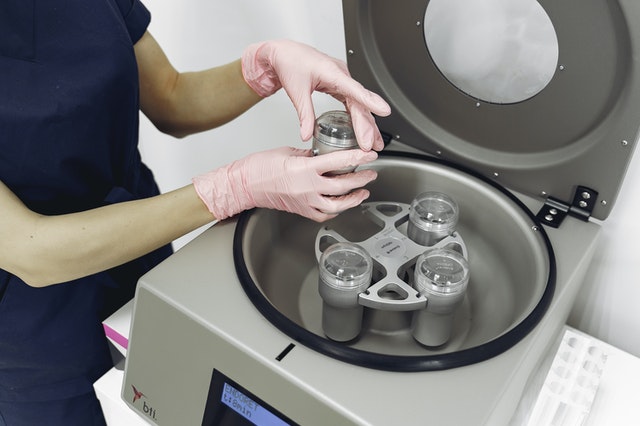
Balancing your tubes correctly is essential for the safe and efficient operation of a lab centrifuge.
Balancing your tubes correctly is essential for the safe and efficient operation of a lab centrifuge. If tubes are not balanced properly, you do risk damaging the unit or creating a potential safety hazard. Even if there is a slight imbalance that does not cause serious issues, it could still negatively impact the separation process and affect your sample’s quality. Balancing the centrifuge tubes is not hard, but there are practices that you need to follow to make sure you get it all done right. In this blog, we will focus on what goes into balancing your samples correctly in a lab centrifuge. Read on to learn more!
Balance Samples by Mass Not Volume
If all of the samples are of similar density, then both the mass and volume of samples won’t match. In this case, it is possible to fill tubes based on sight. That being said, it is better to weigh tubes just to be sure. If the density of some materials is a bit different from that of others, mass has to be considered, and not the volume. After all, the concept of balance that we are discussing here all hinges on mass. Not that when it comes down to volume, manufacturers will typically specify how full a tube can be. A good example would be no more than two-thirds full.
Do Not Leave Buckets Out
If you are using a centrifuge that has various buckets, it is possible you only need to use some of those for your lab samples. It might be tempting to leave out your empty opposing buckets. However, this is not a great idea as running without buckets could damage the rotor and even result in some catastrophic failure. Keep this in mind when organizing and balancing your laboratory equipment.
Use “Dummy Tubes” when Needed
There are bound to be some times when the amount of samples you need to be centrifuge does not provide you with a balanced load. If this is the case, you could use “dummy” tubes. These could be filled up with water or another substance, but the material should be a similar density to that of your samples. That being said, tubes should still be balanced out by mass, not volume.
Load Your Tubes Symmetrically
Loading tubes symmetrically sounds easy in theory, but for a few, it could be a difficult concept to understand, especially if you’re dealing with balancing various buckets, and particularly those that swing on a pivot. The easiest centrifuges to balance are those that have a rotor without buckets and a small number of spaces. To find the right type of centrifuge for your laboratory, come by the Lab People today!
FOR ALL LAB EQUIPMENT AND LAB NEEDS, CONTACT LAB PEOPLE TODAY
The Lab People Inc. is a trusted provider of laboratory equipment, services, supplies, and rental equipment for you and your laboratory. As an ISO 17025 accredited service organization, we stand behind our services with 100% satisfaction guaranteed for all of our customers. We are here to provide you with the best lab equipment service, equipment, and supplies.
For more information about how we can assist you, visit our website, email us, or give us a call at 1-800-296-2001!
Do not forget to follow us on Facebook, Twitter, and Linkedin!
